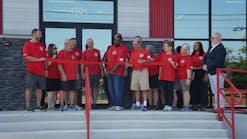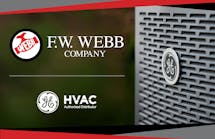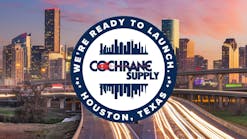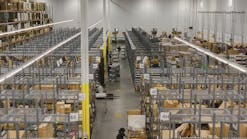Distributors’ challenges are multifaceted. First, you are facing changes in both the timing and cost of delivery from the U.S. Postal Service. As it continues to eliminate services and raise rates, it will take longer for your customers to get their invoices and for you to receive their mailed checks.
Second, there are dramatic shifts in the expectations of customers in terms of how they want to do business. As customers are exposed to more convenient ways to make a transaction, they are more demanding than ever.
Finally, significant technological changes in the billing process can hurt your business. Do you have a disaster recovery plan in place? Are you following regulations for ensuring the safety and security of payments coming from your customers? Are you connecting with banks and mobile devices? Are you using QR codes?
Although the need for paper bills will not disappear any time soon, in today’s customer-driven market, companies should be taking steps to improve every touch point in a transaction. This most certainly goes for the billing process. Businesses need to accommodate their customer’s expectations for carrying out a transaction – who they buy from, when they buy, where they buy and how they pay.
Billing is often considered a backoffice function – as long as the invoices go out, the process doesn’t seem to demand much attention. But in fact, billing is a strategic process in creating a customer-centric business. Your customers want the same conveniences they have as consumers – an easy way to make a transaction that saves them time and resources.
There are huge advantages for distributors to adopt a customer-centric billing approach:
• Heightened customer satisfaction.
• Revenue growth.
• Significant reduction in cost.
The Corken Steel Products Co., based in Florence, Ky., has distributed heating, air conditioning, refrigeration and roofing products since 1955. They are an excellent example of a company that transformed their billing process to meet the needs of their customers and drive internal efficiencies.
Corken’s credit director, Rob Richardson, shifted the focus to the customer. He helped redesign the look of invoices and statements, making it easier for customers to view and pay. He also embraced new channels that make it easier for their customers to transact with them. Corken provided customers with a branded, secure online portal to view and pay bills. It created connections to banks so that smaller customers, comfortable paying through their banking partner, can do so. Corken also became part of a “consolidated” billing portal, Invoice Central, where customers can easily view and pay their invoices across multiple vendors.
These changes not only meet the needs of their customers, it also reduces Corken’s costs. Corken sends out 78 percent of their invoices electronically, reducing the company’s mailing costs by 80 percent.
Another key focus at Corken has been improving customer support and meeting customers’ needs for timely resolution. Automating the billing process allowed Corken to reallocate resources so a dedicated person could perform other important customerfocused tasks. Further, many Corken customers easily support themselves through their online portal.
With new technology and solutions that continue to focus on the real needs of the HVACR industry, e-billing is now a real double win. Vendors gain major cost savings, improved processes, increased efficiency and more loyal customers. Customers get an easy-toaccess, user-friendly, comprehensive billing solution that can make their accounting processes simpler and more cost effective. And with the availability of a consolidated portal, e-billing is now more effective than ever.











